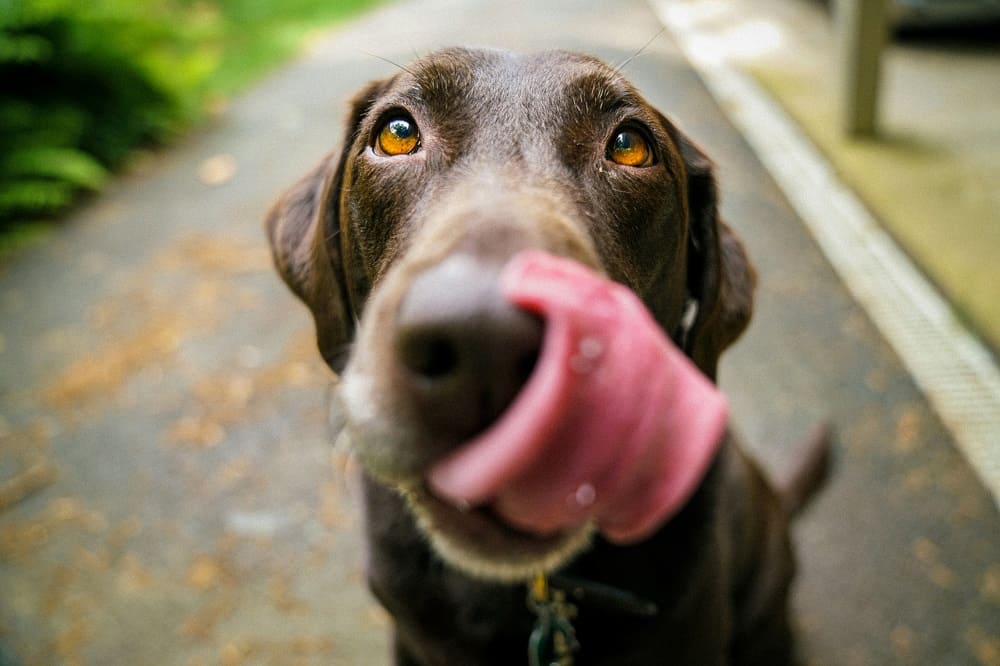Bringing a new dog into your home is a thrilling experience. Whether you’re adopting a puppy or welcoming an older dog, preparing your home ahead of time can make the transition smoother for everyone. Let’s walk through the essential steps to get your home dog-ready.
Creating a Safe Space
Choosing the Right Spot
First things first: your new dog needs a dedicated space to feel secure. This spot should be quiet, away from high-traffic areas, and comfortable. Think of it as your dog’s little haven. Maybe a cozy corner in the living room or a spot in the kitchen where they can be part of the action without being overwhelmed.
It’s crucial to consider safety here. Ensure the area is free from any hazardous items like cords, small objects that can be swallowed, or plants that might be toxic to dogs. This space will serve as your dog’s retreat, so making it both safe and comfortable is key.
Dog-Proofing Your Home
Dog-proofing goes beyond setting up a safe space. Dogs, especially curious puppies, will explore every nook and cranny. To prevent accidents, secure trash cans, keep chemicals and cleaners out of reach, and cover electrical outlets and cords. Consider using baby gates to block off areas that are off-limits. Essentially, you want to anticipate what a curious dog might get into and act accordingly.
Stocking Up on Essentials
Food and Feeding Supplies
A happy dog starts with a full belly. Choose a high-quality dog food that suits your new dog’s breed, age, and health needs. It’s wise to consult with your vet to find the best options. Make sure to have food and water bowls ready; stainless steel or ceramic bowls are excellent choices because they’re easy to clean and durable.
Bedding and Comfort
Every dog needs a comfortable place to rest. A good bed can make all the difference. Look for a bed that’s the right size for your dog and offers good support. Some dogs prefer soft, cushy beds, while others might like something firmer. It might take some trial and error to find out what your new friend prefers. Keep the bed clean and place it in a spot where your dog can relax undisturbed.
Toys and Entertainment
Dogs love to play, and toys are a fantastic way to keep them entertained and mentally stimulated. Choose a variety of toys: some for chewing, some for fetching, and some that are interactive. This helps to prevent boredom and can also be a great bonding experience for you and your dog.
Establishing Routines and Training
Feeding and Potty Schedules
Dogs thrive on routine. Establishing a feeding schedule helps regulate their digestion and can aid in potty training. Consistency is your best friend here. Take your dog outside for bathroom breaks at regular intervals, especially after eating, drinking, and napping. Praise and reward them for doing their business outside to reinforce good behavior.
Basic Training and Commands
Starting with basic training from day one can set the foundation for a well-behaved dog. Simple commands like “sit,” “stay,” and “come” are essential. Use positive reinforcement techniques, such as treats and praise, to encourage good behavior. Training should be fun and rewarding for both you and your dog, strengthening your bond and helping your dog understand what’s expected of them.
Conclusion
Welcoming a new dog into your home is a joyful event, but it does come with responsibilities. By creating a safe environment, stocking up on the right supplies, and establishing routines and training early on, you’ll set the stage for a happy, healthy life together. Enjoy the adventures that come with having a new furry friend and cherish the companionship they bring into your life.

